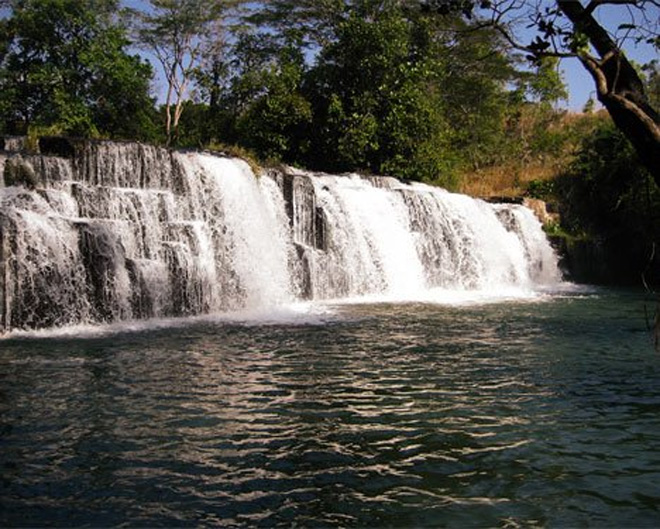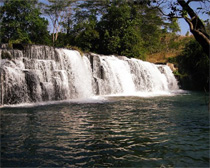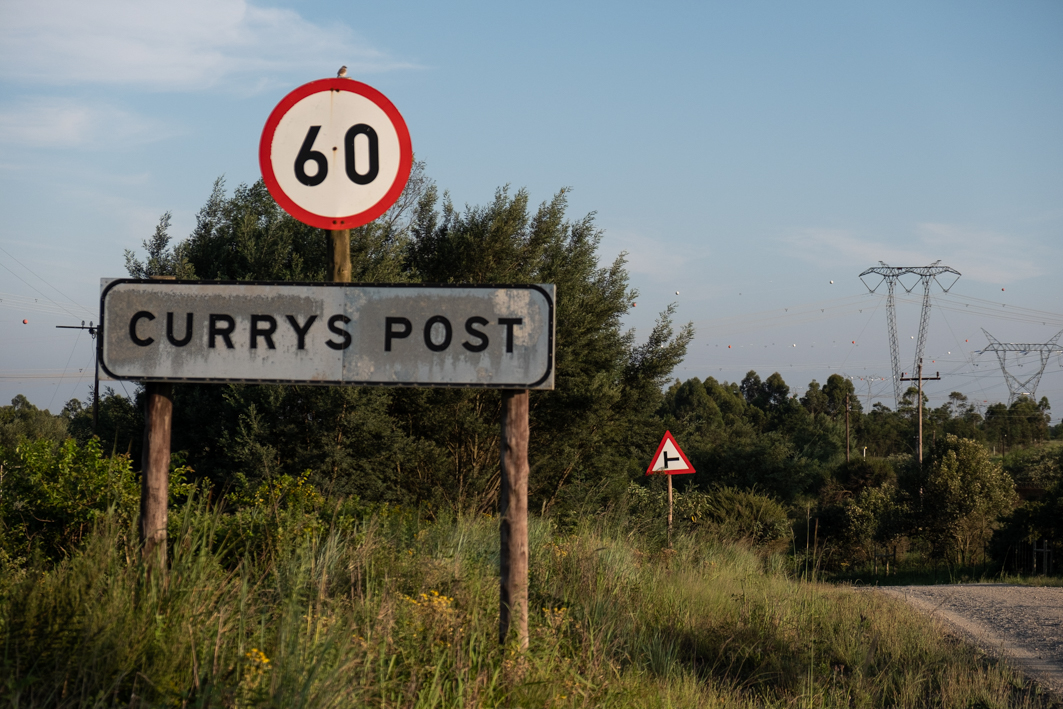Text: GG van Rooyen
The Victoria Falls might be Zambia’s best-known tourist attraction, but it is by no means the only spectacular waterfall in the country. In fact, Zambia has 17 other waterfalls that, while not as large or famous, are equally picturesque. And since they aren’t as inundated by tourists as the Vic Falls, they are very popular among overland travellers.
So while on a recent trip through Zambia, Francois Visagie was eager to spend some time exploring these waterfalls, but the excursion came to an abrupt end before it had really begun.
When he arrived at Mumbuluma Falls, he found a boom blocking the road.
“Within moments, a man appeared next to our vehicle and introduced himself as the caretaker of the waterfall. He told us that Zambia had recently introduced access control to its waterfalls and showed us official-looking circulars and brochures,” says Francois.
“No facilities had been built, but picnicking and bush camping were allowed at the waterfalls. Villagers who had previously lived around waterfalls were apparently no longer allowed access and it was his job to keep them away. He told us that he wouldn’t be able to supervise matters at the waterfall on that particular day, but if any local villagers or children arrived, we should simply chase them away.”
In addition, the caretaker told Francois that foreign tourists had to pay US$10 (R68) per person and US$5 (R34) per vehicle to get close to a waterfall. To camp at a waterfall, one had to pay US$15 (R102) per person and an additional US$5 per vehicle.
“According to the caretaker, this system was now in place at all the waterfalls within Luapula Province. He specifically mentioned Mumbuluma, Ntumbacushi, Kundabwika, Kabwelume and Lumangwe – all the waterfalls on my route – and showed me a brochure with all of the fees printed on it. Some of the sites were even more expensive than Mumbuluma, and charged US$20 (R138) per person for camping.
“I was shocked when he told me this. I couldn’t believe that they expected one to pay the equivalent of guesthouse accommodation for bush camping without any facilities. And moreover, they wanted you to chase away recently-displaced community members.”
Francois told the caretaker that he hadn’t budgeted for this sort of expense, but the caretaker suggested that they could “negotiate” some alternative and that Francois’ group could possibly be signed in as day visitors. Francois wasn’t interested in this and decided to leave.
“We had planned on spending a night at each of the waterfalls along our route, but realised that we would run into the same problem at every site. And in addition, the fees were just too expensive, so we decided to abandon our journey through the northern section of Zambia. “Instead, we spent a couple of days at Lake Kariba and visited some campsites back in South Africa, so the steep prices robbed the region of a large amount of potential income. And, of course, they caused us to miss out on the opportunity of a lifetime as I don’t know when we’ll be able to travel to that region again.”
Francois’ biggest concern, however, is the fact that local inhabitants, who are often dependent on these waterfalls, might be pushed out of areas where they have lived all their lives in order to make way for tourists.
And this is an issue by no means unique to Zambia. Worldwide, few places are uninhabited, especially if there’s water in the vicinity. This means that if governments want to transform areas into national parks, game reserves and glitzy tourist destinations, they are frequently forced to relocate local inhabitants.
In order to make these forced relocations more palatable, governments tend to promise improved living conditions – specifically better jobs and infrastructure. But is this enough?
Most would argue that it isn’t. It seems unfair that people should be forced to leave their homes simply because they were born in an area that is picturesque enough to attract tourists.
On the other hand, ever-expanding populations place increasing pressure on natural resources, which means that if countries want certain areas to stay in pristine condition, governments have to separate them from surrounding populations.
Whether we like the situation or not, it’s something we’ll probably have to accept. Turning those few places that haven’t been irreparably changed by human development into protected areas seems to be the only way to save them. And unfortunately that may mean relocating the communities that live there.
What we shouldn’t accept, though, is the tendency by governments to charge absurdly inflated prices, especially if no facilities have been built. Nor should we accept the fact that this money seldom trickles down to the communities that are sacrificing the most.
“The prices are high, but it is still possible for me to save up and enjoy a few days of solitude in the wilderness,” says Francois. “Once I know that this sort of thing is happening, though, the experience is soured. When I find out that that my enjoyment of nature comes at the cost of someone else, I can’t really enjoy it.”
If anyone deserves to profit from the creation of protected areas, it is the people who have been forced to move away from them. Sadly, this rarely happens.
Give us your opinion
Protecting pristine environments without disadvantaging local communities is undoubtedly very difficult, but many governments seem to treat tourism as a handy source of income without allowing local communities to benefit from the influx of cash.
In some areas, however, local communities are allowed to get involved. They sell goods at traditional markets, work at lodges and even manage protected areas. Is this the solution?









